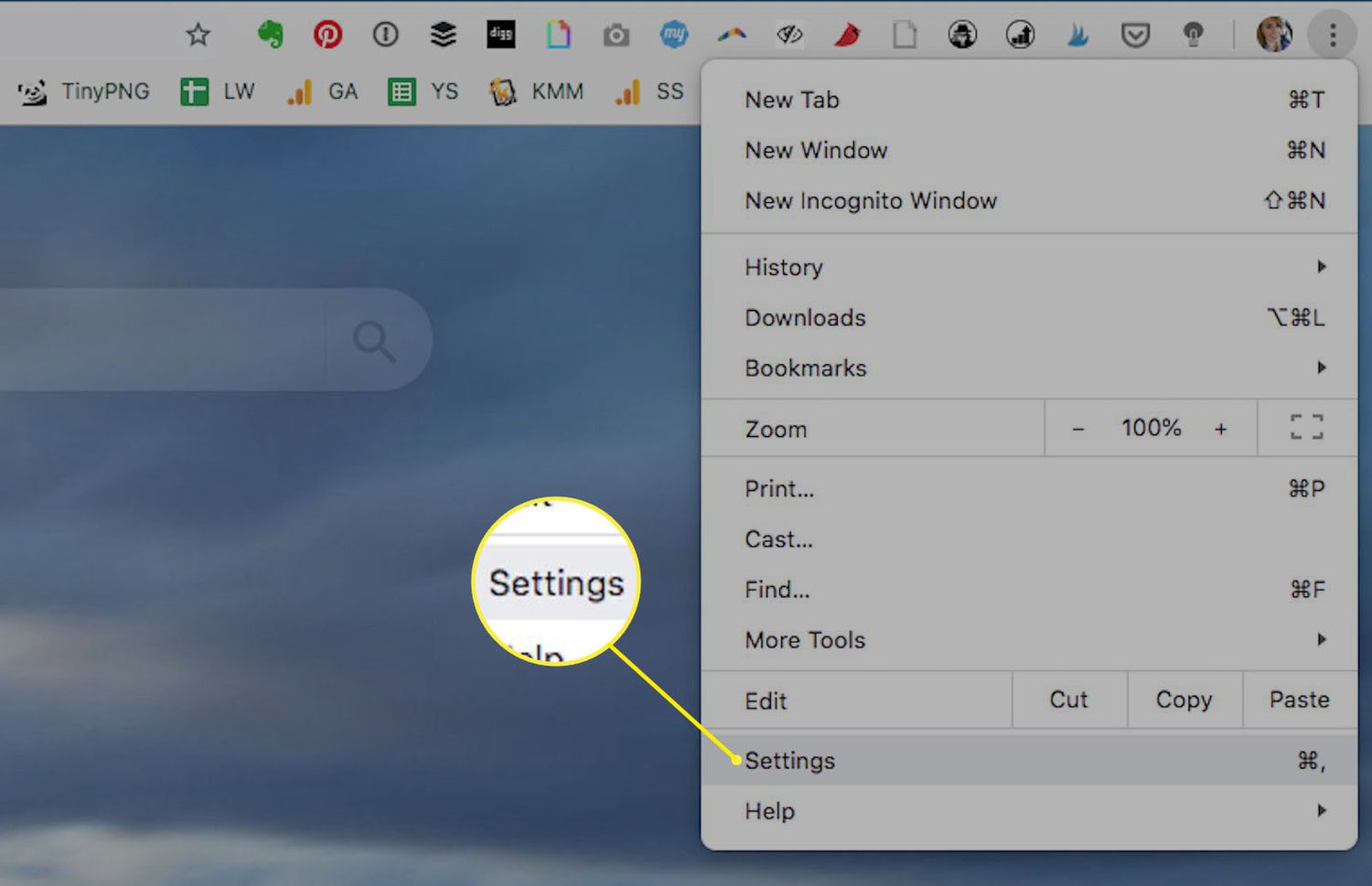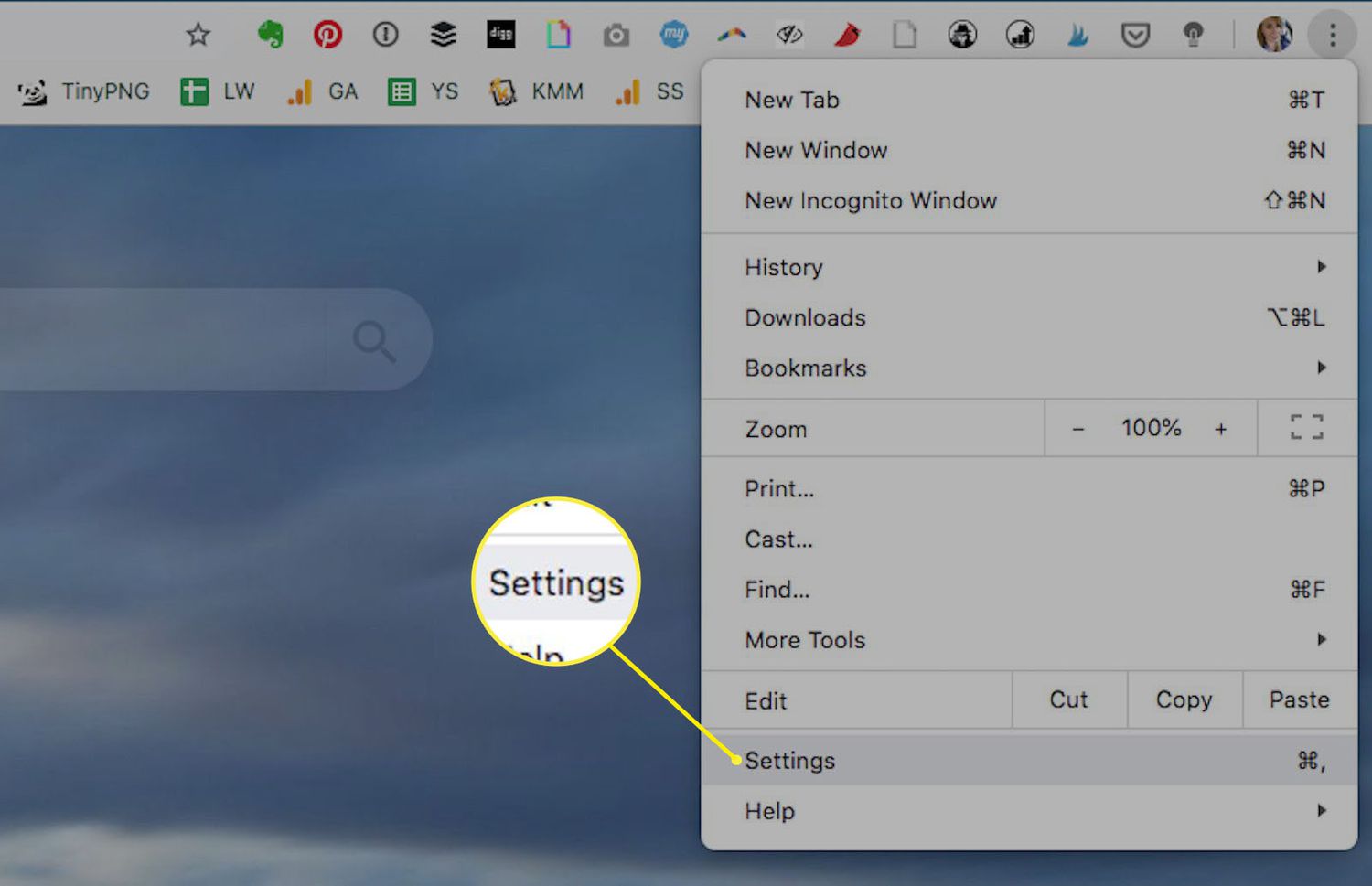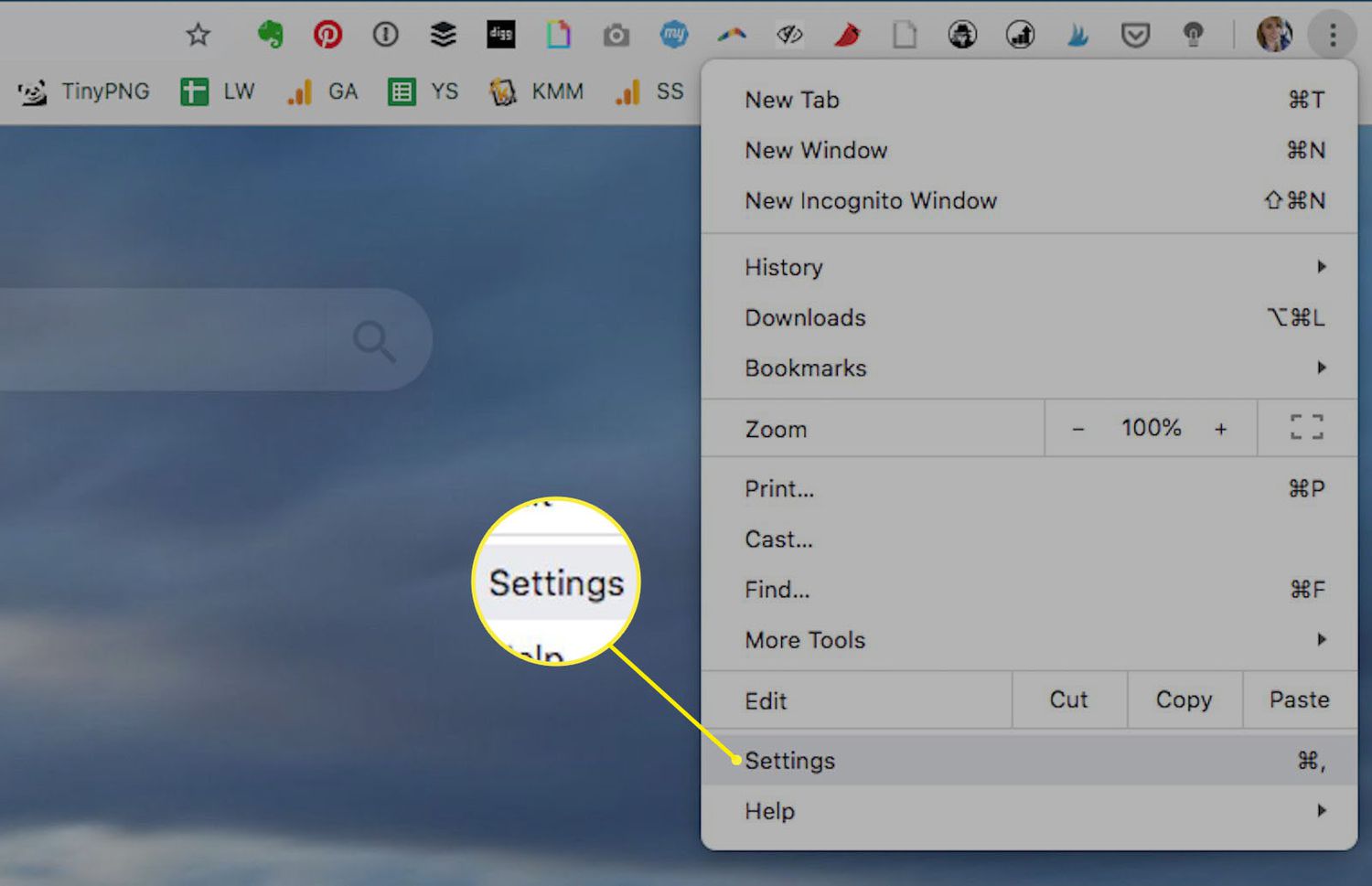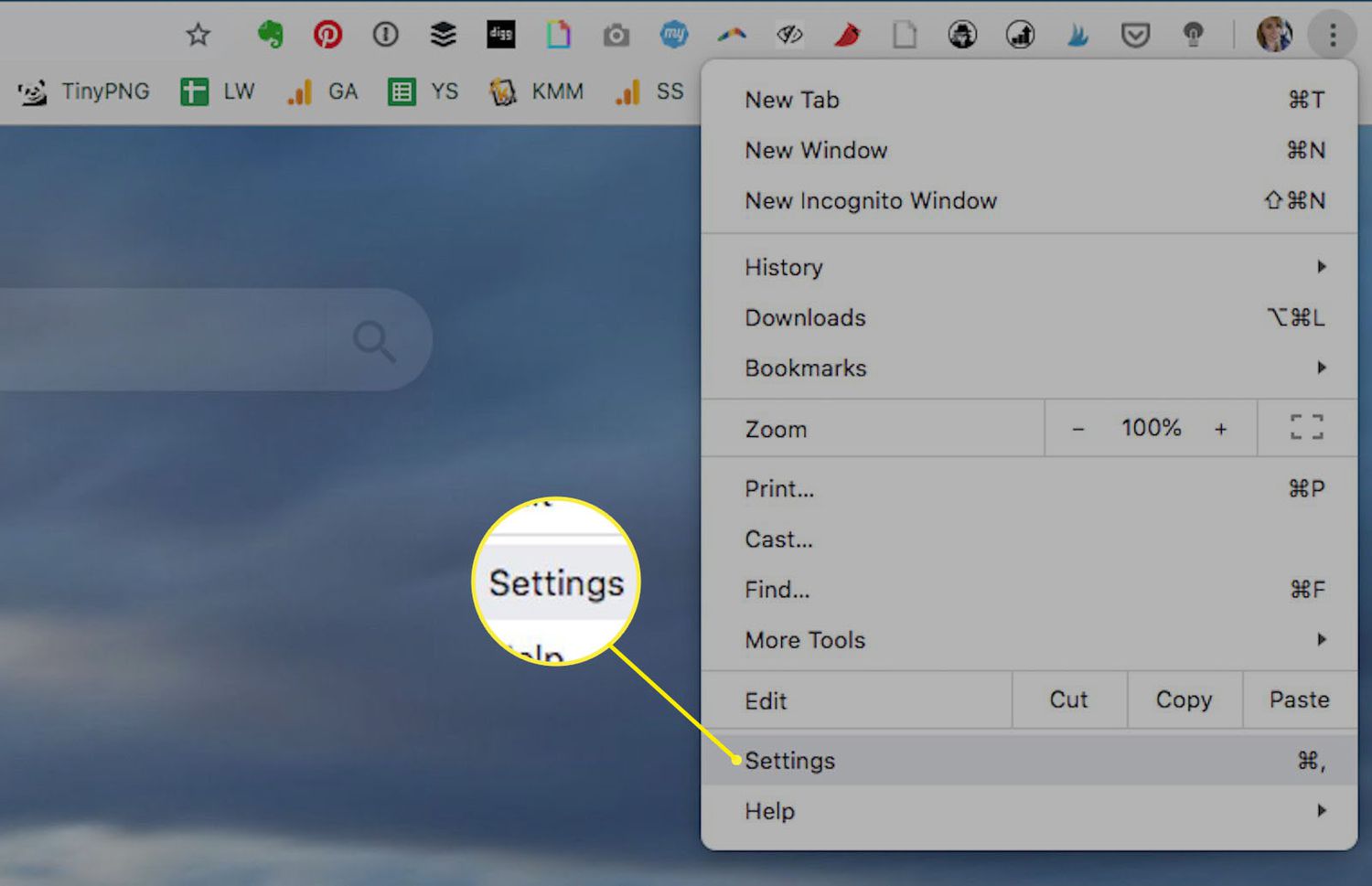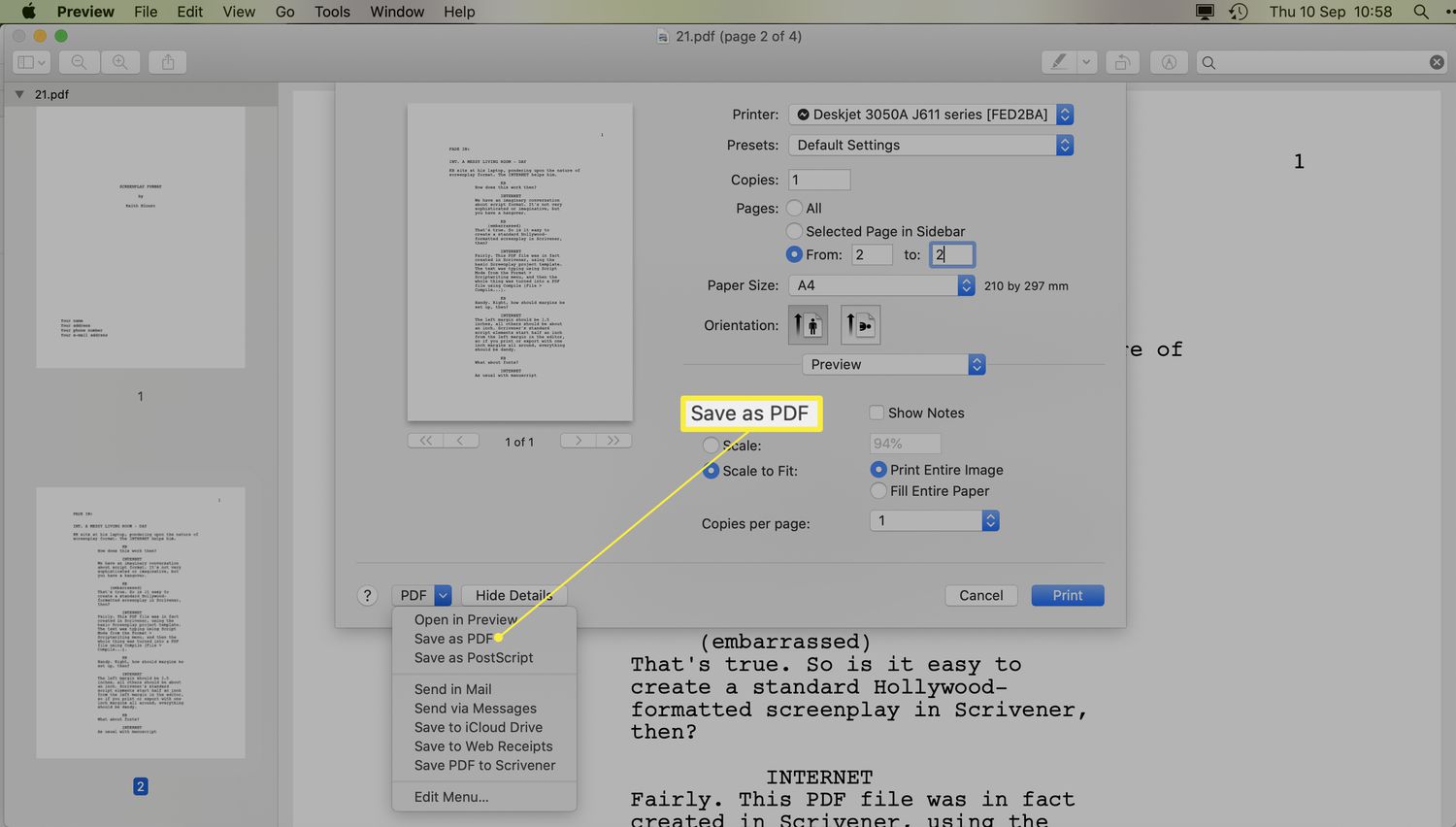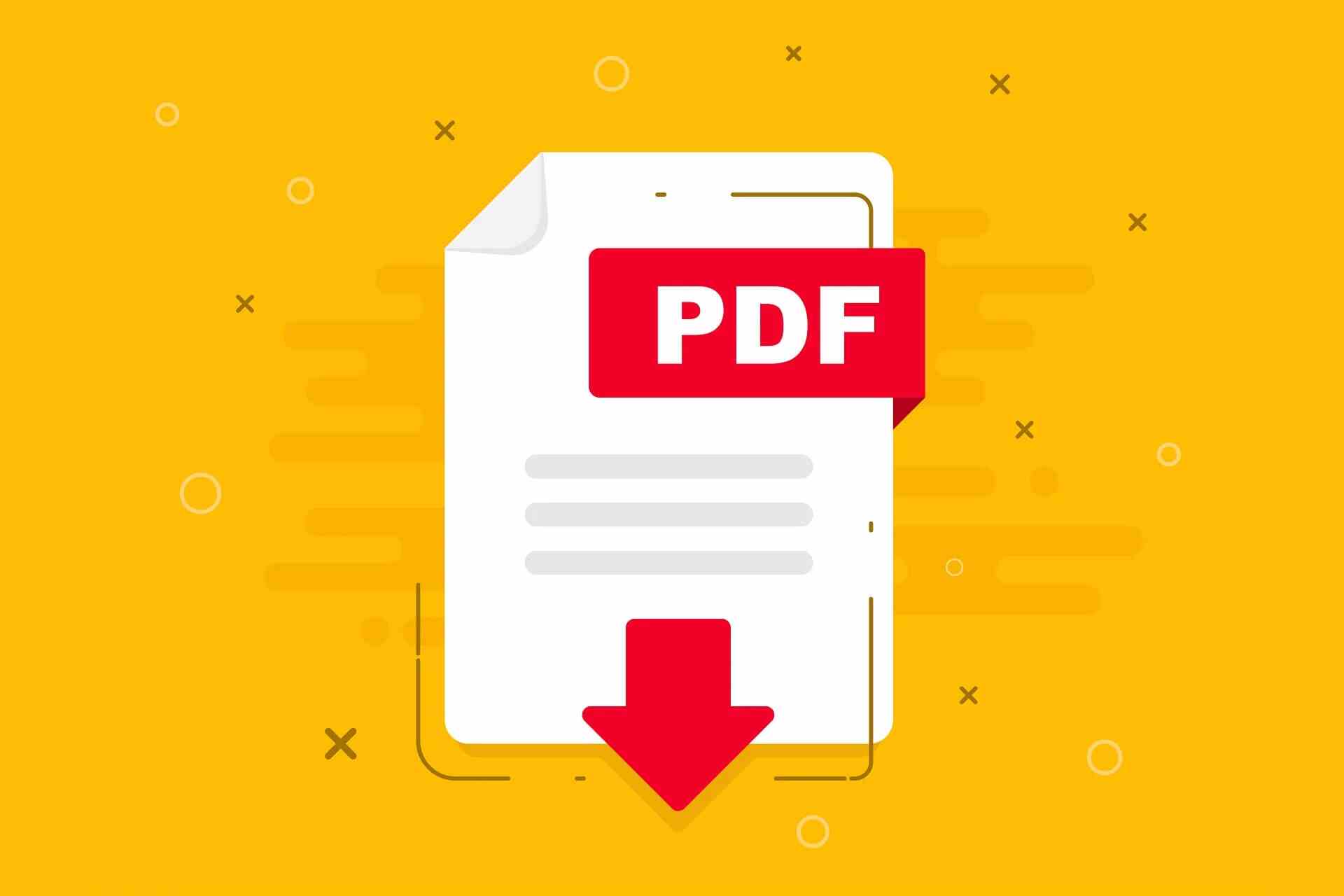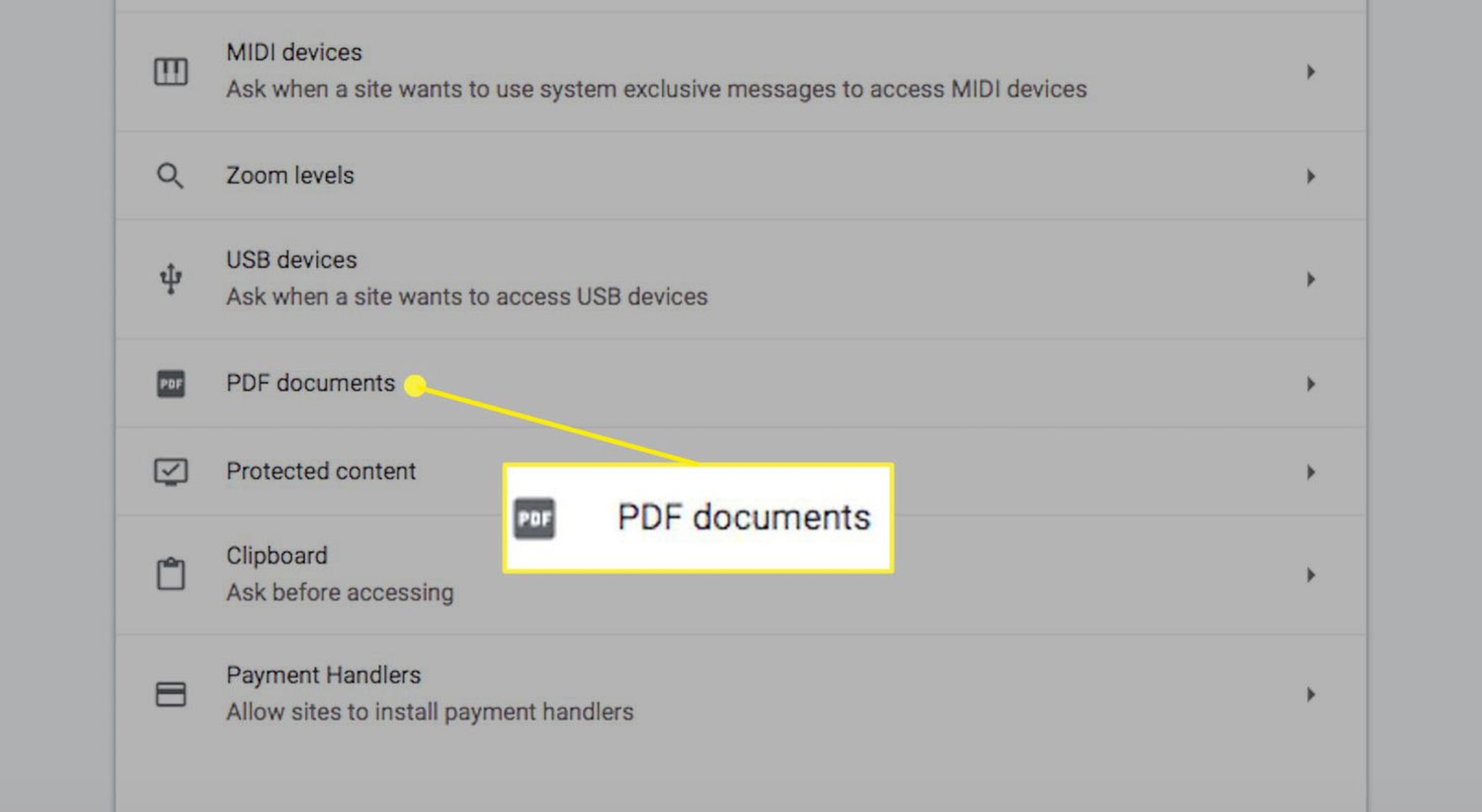Introduction
When it comes to browsing the web, Google Chrome stands out as one of the most popular and versatile web browsers available. Its user-friendly interface and extensive range of extensions make it a top choice for many internet users. However, one common issue that users encounter is the default behavior of Chrome when it comes to handling PDF files. By default, Chrome opens PDF files within the browser itself, which can sometimes lead to compatibility issues or a less-than-optimal viewing experience.
To address this concern, many users prefer to have PDF files open in Adobe Acrobat Reader, a dedicated application designed specifically for viewing and interacting with PDF documents. By configuring Chrome to open PDF files in Adobe Acrobat Reader, users can take advantage of the advanced features and seamless functionality offered by the application, ensuring a smoother and more efficient PDF viewing experience.
In this guide, we will walk you through the step-by-step process of setting Chrome to open PDF files in Adobe Acrobat Reader. By following these simple instructions, you can customize your browsing experience and streamline the way PDF files are handled, ultimately enhancing your overall productivity and convenience when working with PDF documents. So, without further ado, let's dive into the steps and get your Chrome browser optimized for opening PDF files in Adobe Acrobat Reader.
Step 1: Download and install Adobe Acrobat Reader
To begin the process of setting Chrome to open PDF files in Adobe Acrobat Reader, the first step is to ensure that you have the application installed on your computer. Adobe Acrobat Reader is a free, trusted standard for viewing, printing, signing, and annotating PDFs. It is widely used and offers a comprehensive set of features that enhance the PDF viewing and interaction experience.
To download Adobe Acrobat Reader, you can visit the official Adobe website or use a trusted software distribution platform. Once on the Adobe website, you can navigate to the Acrobat Reader download page, where you will find the option to download the application for your specific operating system, whether it's Windows, macOS, or mobile platforms such as iOS and Android.
After selecting the appropriate download option, the installation file will be downloaded to your computer. Locate the downloaded file and double-click to initiate the installation process. Follow the on-screen instructions to complete the installation of Adobe Acrobat Reader. The installation wizard will guide you through the necessary steps, including accepting the license agreement, choosing the installation location, and selecting any additional preferences or options offered during the installation process.
Once the installation is complete, Adobe Acrobat Reader will be ready to use. You can launch the application to ensure that it is functioning properly and to familiarize yourself with its interface and features. By having Adobe Acrobat Reader installed on your computer, you are now equipped with a powerful tool for handling PDF documents with ease and efficiency.
With Adobe Acrobat Reader successfully installed, you are now ready to proceed to the next steps in configuring Chrome to open PDF files in this dedicated application. This marks the initial and essential step in the process, setting the foundation for a seamless and optimized PDF viewing experience within the Chrome browser.
Step 2: Open Chrome and go to Settings
To embark on the journey of configuring Chrome to open PDF files in Adobe Acrobat Reader, the next step involves accessing the browser's settings. This pivotal stage serves as the gateway to a multitude of customization options, allowing users to tailor their browsing experience to suit their preferences and requirements.
To initiate this process, launch the Google Chrome browser on your computer. The browser's interface typically features a menu icon, often represented by three vertical dots, located in the upper-right corner of the window. Click on this icon to reveal a dropdown menu containing various options and functionalities.
Within this menu, you will find the "Settings" option, which is denoted by a gear or cogwheel icon. Click on "Settings" to access the comprehensive array of configuration and customization options available within Chrome. Alternatively, you can directly type "chrome://settings/" into the address bar and press "Enter" to swiftly navigate to the Settings page.
Upon entering the Settings interface, you will be greeted by a user-friendly layout that presents a wide range of categories and sub-sections, each pertaining to different aspects of the browser's functionality and behavior. This centralized hub serves as the control center for managing Chrome's features, preferences, and advanced settings, empowering users to tailor the browser to their specific needs.
The Settings page is designed to be intuitive and accessible, featuring a navigation panel on the left-hand side that allows for effortless exploration of the various configuration options. From basic settings such as appearance and default search engine to more advanced features like privacy and security, the Settings page offers a comprehensive toolkit for customizing and optimizing the browsing experience.
By reaching this stage in the process, you have successfully accessed the pivotal Settings interface within Chrome, laying the groundwork for the subsequent steps that will lead to the seamless integration of Adobe Acrobat Reader for handling PDF files. This marks a significant milestone in the journey toward enhancing your PDF viewing experience within the Chrome browser, setting the stage for the upcoming configurations that will further refine and optimize the handling of PDF documents.
Step 3: Scroll down and click on Advanced
As you navigate through the Settings interface in Google Chrome, the next crucial step in configuring the browser to open PDF files in Adobe Acrobat Reader involves delving into the advanced settings. This pivotal stage unlocks a realm of additional options and functionalities, providing users with a deeper level of control and customization over their browsing experience.
Upon entering the Settings page, you will encounter a plethora of categories and sub-sections, each offering a distinct set of configuration options. To access the advanced settings, you will need to scroll down the Settings page, gradually descending through the array of available categories. As you scroll, the interface seamlessly transitions, revealing additional settings and options as you venture deeper into the advanced configurations.
The advanced settings in Chrome encompass a diverse range of features, spanning from accessibility and system preferences to privacy and security protocols. This expansive collection of options empowers users to fine-tune the browser's behavior and performance, catering to individual preferences and specific requirements.
Upon reaching the advanced settings section, you will be presented with a wealth of additional customization options that delve into the intricacies of Chrome's functionality. These options are designed to cater to users who seek a more nuanced and tailored browsing experience, allowing for granular adjustments that align with their unique needs and preferences.
One notable aspect within the advanced settings is the inclusion of experimental features and cutting-edge functionalities that provide users with a glimpse into the future of web browsing. These experimental options enable users to test and experience upcoming innovations and enhancements, contributing to the ongoing evolution of the Chrome browser.
By clicking on the "Advanced" section within the Settings interface, you are poised to explore a realm of advanced configurations that will pave the way for the seamless integration of Adobe Acrobat Reader for handling PDF files. This pivotal step marks a significant progression in the journey toward optimizing the handling of PDF documents within the Chrome browser, setting the stage for the subsequent configurations that will refine and elevate the PDF viewing experience.
Step 4: Under Privacy and security, click on Site Settings
Within the advanced settings of Google Chrome, the pivotal stage of configuring the browser to open PDF files in Adobe Acrobat Reader involves navigating to the "Site Settings" section under the "Privacy and security" category. This crucial step serves as a gateway to a myriad of site-specific configurations, empowering users to manage permissions, content settings, and site preferences with precision and control.
Upon accessing the advanced settings interface and scrolling down to the "Privacy and security" category, you will encounter a diverse array of options that encompass various aspects of browsing privacy and security. These settings are designed to offer users a comprehensive toolkit for managing their online interactions, ensuring a secure and personalized browsing experience.
Under the "Privacy and security" category, the "Site Settings" option stands out as a pivotal entry point to a wealth of site-specific controls and preferences. Clicking on "Site Settings" opens a dedicated interface that allows users to manage permissions and settings for individual websites, encompassing a wide range of functionalities that cater to diverse browsing scenarios.
The "Site Settings" interface presents users with a comprehensive overview of their browsing permissions and preferences, enabling them to customize the behavior of specific websites based on their individual requirements. From controlling access to camera and microphone to managing notifications and pop-ups, the site-specific settings offer a granular level of control over the browsing experience.
One notable feature within the "Site Settings" interface is the ability to manage PDF behavior for individual websites. By accessing the PDF-related settings within the site-specific configurations, users can define how PDF files are handled on a per-site basis, tailoring the behavior to align with their preferences and workflow.
By clicking on "Site Settings" under the "Privacy and security" category, users gain access to a wealth of site-specific controls and preferences, including the ability to manage PDF behavior for individual websites. This pivotal step sets the stage for the subsequent configurations that will refine and optimize the handling of PDF documents within the Chrome browser, ultimately enhancing the overall PDF viewing experience.
Step 5: Scroll down and click on PDF documents
As you navigate through the advanced settings in Google Chrome, the next critical step in configuring the browser to open PDF files in Adobe Acrobat Reader involves scrolling down to the "PDF documents" section. This pivotal stage serves as a gateway to a range of specific settings related to the handling and display of PDF files within the browser, offering users the ability to customize the behavior of PDF documents to align with their preferences and workflow.
Upon reaching the "PDF documents" section within the advanced settings interface, users are presented with a set of options that pertain to the handling of PDF files directly within the Chrome browser. This dedicated section is designed to provide users with granular control over how PDF documents are managed and displayed, offering a tailored approach to handling PDF content during the browsing experience.
One of the key options within the "PDF documents" section is the ability to toggle the setting for handling PDF files. By default, Chrome is configured to open PDF files within the browser itself, utilizing its built-in PDF viewer. However, for users who prefer to have PDF files open in Adobe Acrobat Reader, a simple adjustment within this section can facilitate the desired behavior.
Upon clicking on the "PDF documents" section, users are presented with the option to toggle the setting for handling PDF files. By toggling this setting, users can instruct Chrome to download PDF files instead of automatically opening them within the browser. This fundamental adjustment ensures that PDF files are saved to the local system, allowing users to open them using their preferred application, such as Adobe Acrobat Reader, for an optimized viewing experience.
The ability to toggle the handling of PDF files within the "PDF documents" section empowers users to align the behavior of Chrome with their specific preferences and requirements. Whether for enhanced compatibility, advanced features, or a seamless workflow, this customization option provides users with the flexibility to tailor their PDF viewing experience to their individual needs.
By scrolling down and clicking on "PDF documents" within the advanced settings of Chrome, users gain access to a pivotal configuration option that directly impacts the handling of PDF files within the browser. This essential step sets the stage for refining and optimizing the behavior of PDF documents, ultimately contributing to an enhanced and tailored PDF viewing experience within the Chrome browser.
Step 6: Toggle on "Download PDF files instead of automatically opening them in Chrome"
In this pivotal step, users are presented with the fundamental option to toggle the setting for handling PDF files within the Chrome browser. By default, Chrome is configured to open PDF files within the browser itself, utilizing its built-in PDF viewer. However, for users who prefer to have PDF files open in Adobe Acrobat Reader or any other external application, this simple adjustment within the "PDF documents" section can facilitate the desired behavior.
By toggling the setting to "Download PDF files instead of automatically opening them in Chrome," users instruct the browser to save PDF files to the local system rather than automatically opening them within the browser. This fundamental adjustment ensures that PDF files are downloaded to the user's designated download location, allowing them to open the files using their preferred application, such as Adobe Acrobat Reader, for an optimized viewing experience.
This customization option provides users with the flexibility to tailor their PDF viewing experience to their individual needs. Whether for enhanced compatibility, advanced features, or a seamless workflow, the ability to toggle the handling of PDF files within the "PDF documents" section empowers users to align the behavior of Chrome with their specific preferences and requirements.
By enabling the option to download PDF files instead of automatically opening them in Chrome, users gain greater control over their PDF workflow, ensuring that PDF documents are handled in a manner that best suits their individual preferences and enhances their overall browsing experience. This simple yet impactful adjustment serves as a cornerstone in refining and optimizing the behavior of PDF documents within the Chrome browser, ultimately contributing to an enhanced and tailored PDF viewing experience.
Step 7: Test the changes
After completing the configuration steps to set Chrome to open PDF files in Adobe Acrobat Reader, it is essential to test the changes to ensure that the desired behavior is achieved. Testing the adjustments made within the browser provides users with the opportunity to validate the new settings and confirm that PDF files are now being handled according to their preferences.
To test the changes, users can initiate the process by accessing a website or platform that offers PDF documents for viewing or downloading. By navigating to a webpage that hosts PDF content, users can attempt to open a PDF file directly within the Chrome browser, observing the behavior in response to the recent configuration adjustments.
Upon clicking on a PDF link or accessing a webpage that automatically displays a PDF document, users can monitor the browser's response to the file. With the updated settings in place, Chrome should now initiate the download of the PDF file to the designated download location, as per the configured preference to download PDF files instead of automatically opening them within the browser.
Once the download process is initiated, users can verify that the PDF file is saved to the specified download directory on their computer. Subsequently, users can proceed to open the downloaded PDF file using Adobe Acrobat Reader or their preferred PDF viewing application, confirming that the file is now being handled outside of the Chrome browser, in accordance with the configured settings.
By testing the changes, users can validate the successful implementation of the new configuration, ensuring that PDF files are now being directed to an external application for viewing, rather than being automatically opened within the Chrome browser. This verification process serves as a crucial step in the journey toward optimizing the handling of PDF documents within the browsing environment, providing users with the assurance that their preferences are being honored and that the PDF viewing experience has been tailored to align with their specific needs.
In essence, testing the changes serves as the final validation step, confirming that the adjustments made to the browser's settings have effectively resulted in the desired behavior when encountering PDF files during the browsing experience. This pivotal phase ensures that users can enjoy a seamless and optimized PDF viewing experience within the Chrome browser, reflecting the tailored configurations that have been put in place to enhance their overall interaction with PDF documents.







